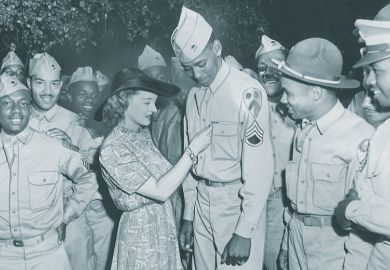In any contest for the title of "Greatest Living Englishman", Mike Leigh should be up there among the front-runners, cheered on by the ordinary people whose unexceptional, bitter-sweet lives he has been chronicling with tenderness since 1970.
Over the course of these 30 years, through his taut stories of survival and life, families and relationships, of birth, death, love and work, Leigh has evolved into one of the creative geniuses of cinema. For anyone concerned about the health of British cinema in particular, or about the disfiguring impact of Hollywood upon our children, he shines like a good deed in a naughty world. He refuses to allow his financial backers to interfere with content or casting, he delivers on time and within budget, and he does not patronise his audience. As Ray Carney puts it, in Leigh's films "experiences don't come with handles to pick them up (in the form of a lighting effect, a musical orchestration, or a narrative puzzle to be solved)". On the contrary, his characters "are placed in situations in which their ways of thinking and feeling are compared", and the ensuing drama "is played out not in the character's mind but the viewer's".
Leigh's working method is well known. Beginning with a sketchy idea he builds characters, stories and ultimately a highly disciplined script from months of rehearsal with a small group of actors. Leonard Quart examines this method and puts Leigh's work in an historical and social context, preparing the reader for Carney's analysis. Carney gets the inevitable parallels with Ken Loach briskly out of the way: "Loach studies bureaucracies; Leigh examines the individual qualities that make bureaucracies the way they are." He develops Quart's argument that Leigh's natural antecedents are not to be found in the British "new wave" of Lindsay Anderson and Tony Richardson, and points instead to Jean Renoir, Satyajit Ray, Billy Wilder and especially John Cassavetes - a film-maker clearly close to Carney's heart. He goes on expertly to dissect a dozen feature-length works but, curiously, ends with the award-winning 1993 film Naked . Given publishers' deadlines, a chapter on Topsy-Turvy might have been difficult, but to ignore Career Girls and, especially, Secrets and Lies seems either perverse or a pre-emptive bid for a revised edition.
An analysis of Secrets and Lies would have been particularly interesting given its relative success in the United States, and the comparisons that Carney regularly draws between Leigh's work and the products of mainstream Hollywood. Discussing Naked , for example, he suggests that "in a Hollywood film, the sex would have been deodorised and have had less immediacy, less sense of two banged-up people hungrily scrambling for each other and for some momentary pleasure from a life where little of it has existed". The differences between Leigh's work and mainstream American film are central to this book. In acting style it is the difference between David Threlfall as Trevor in Kiss of Death and Tom Hanks as Forrest Gump . In content it is the difference between stories that focus on the messy complexity of human relations and those that rely on the transparent mechanics of plot point and reversal. There is a sadness in the way in which Carney regards the scaling down of artistic expectations in America, but he takes genuine pleasure in the exuberance, wit and intelligence of Leigh's cinema.
Paul Howson is director of film and television, British Council.
Embracing The World: The Films of Mike Leigh
Author - Ray Carney and Leonard Quart
ISBN - 0 521 48043 4 and 48518 5
Publisher - Cambridge University Press
Price - £32.50 and £11.95
Pages - 292
Register to continue
Why register?
- Registration is free and only takes a moment
- Once registered, you can read 3 articles a month
- Sign up for our newsletter
Subscribe
Or subscribe for unlimited access to:
- Unlimited access to news, views, insights & reviews
- Digital editions
- Digital access to THE’s university and college rankings analysis
Already registered or a current subscriber? Login



